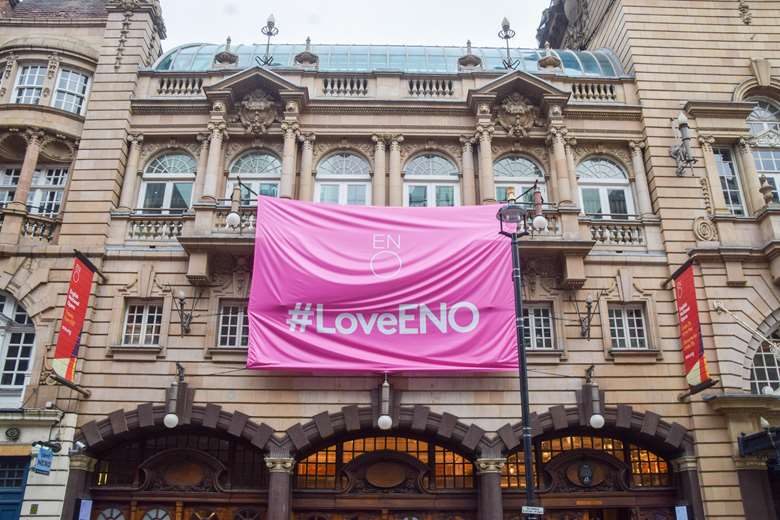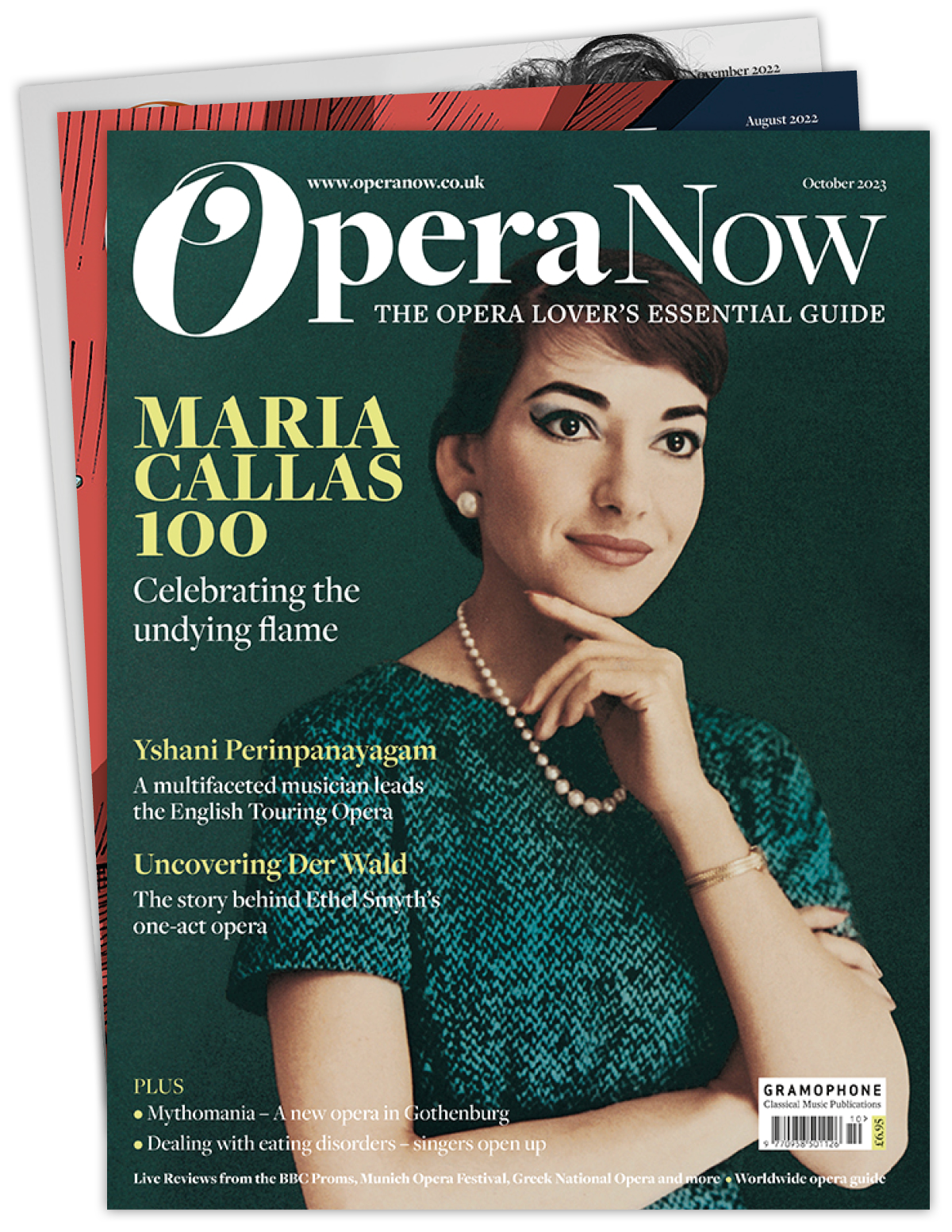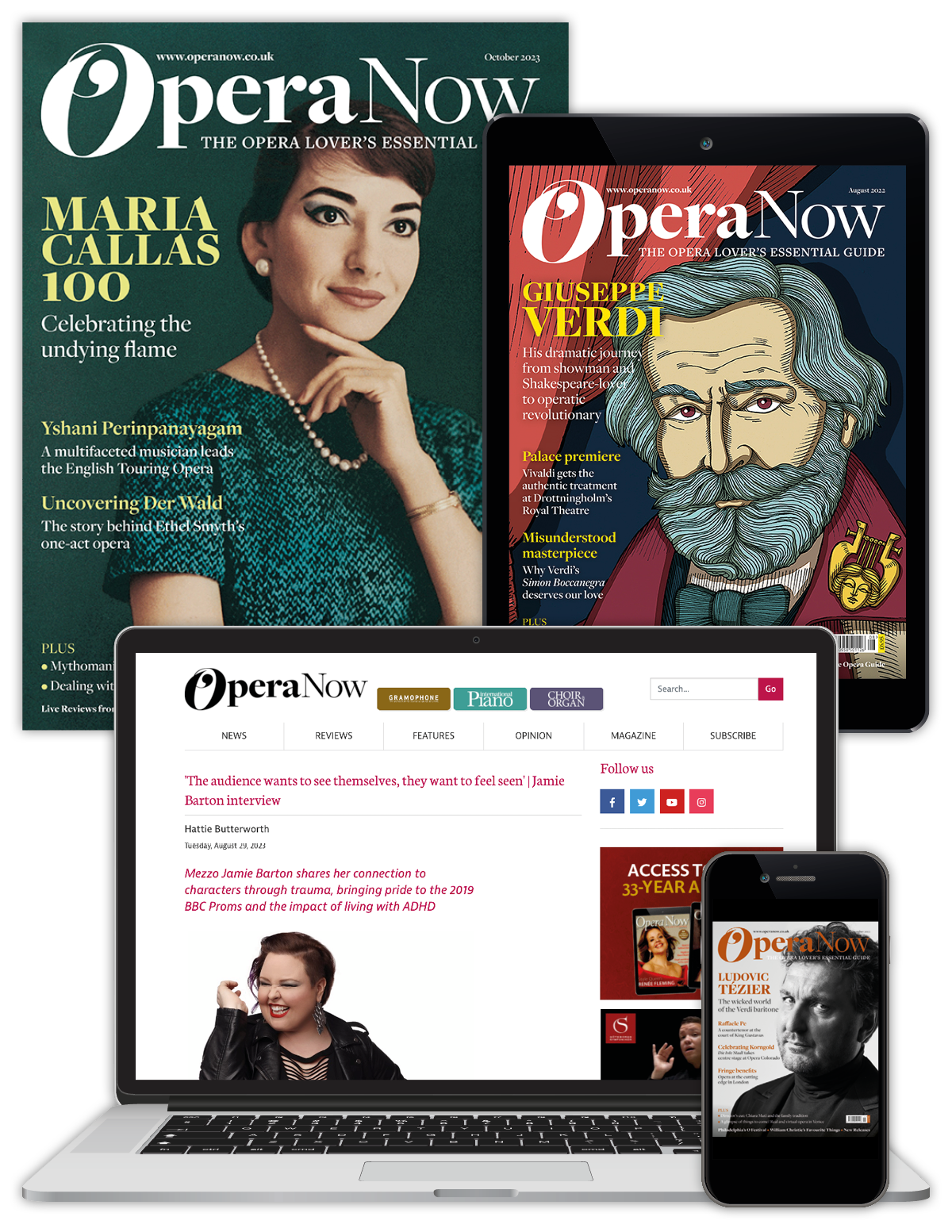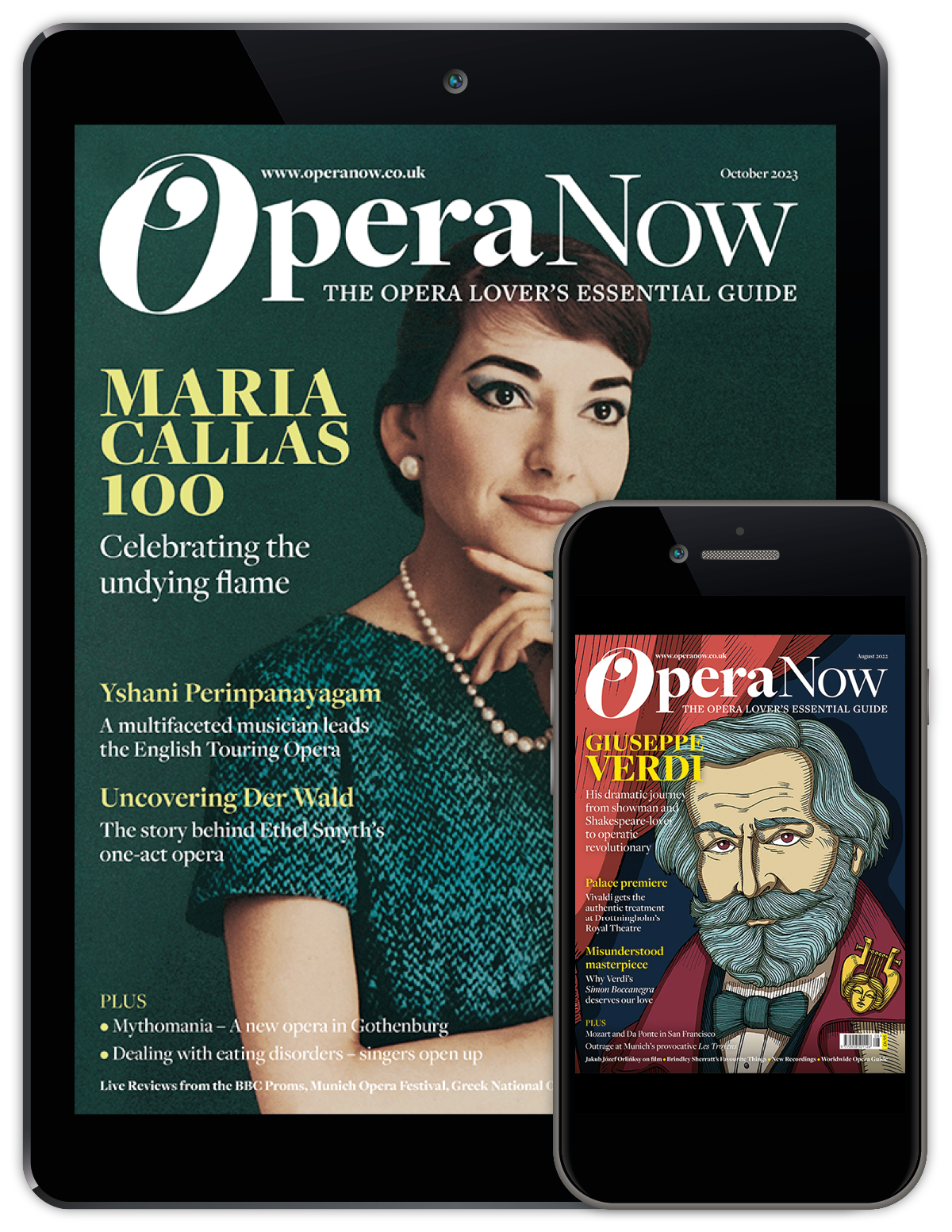Language, drama and power: opera companies and an obsession with English translation
Monday, February 5, 2024
Soprano Claire Booth presents her research into opera in the English language, asking whether it crosses the barrier to accessibility that companies have us believe

Register now to continue reading
This article is from Opera Now. Register today to enjoy our dedicated coverage of the world of opera, including:
- Free access to 3 subscriber-only articles per month
- Unlimited access to Opera Now's news pages
- Monthly newsletter






